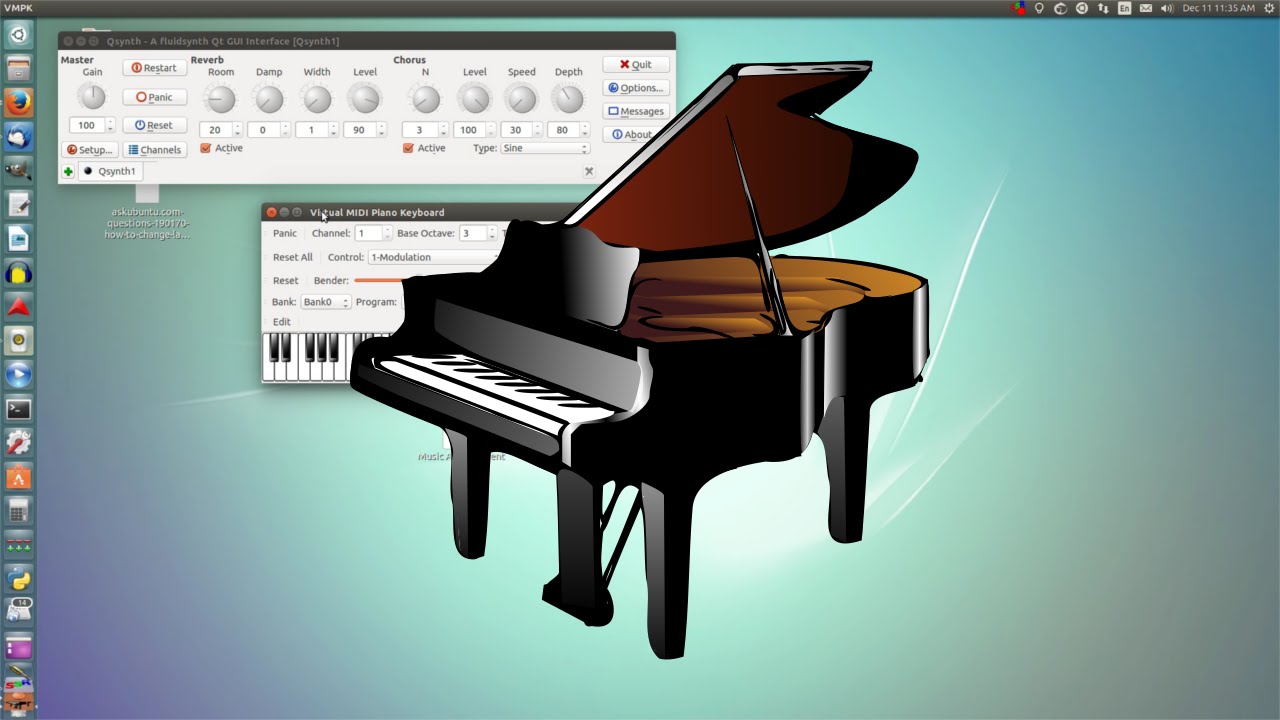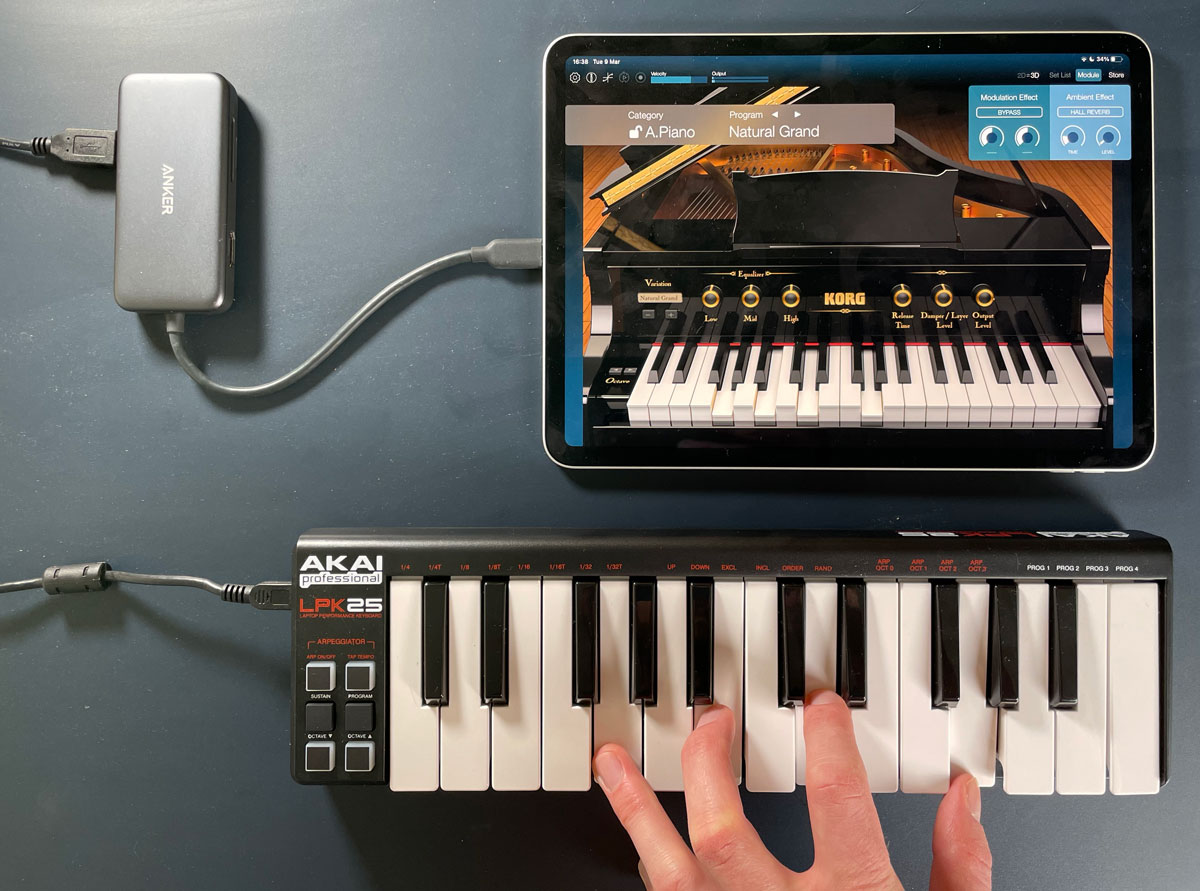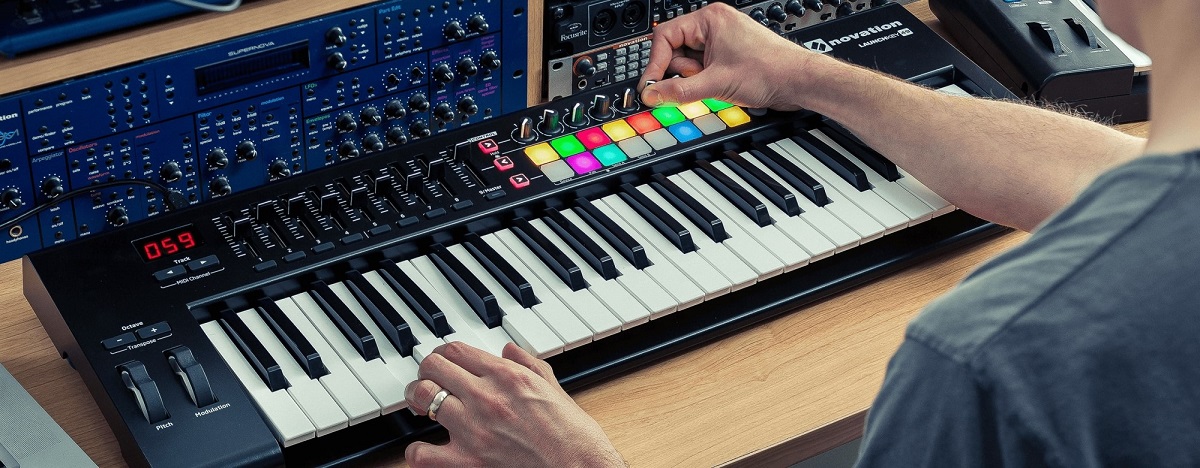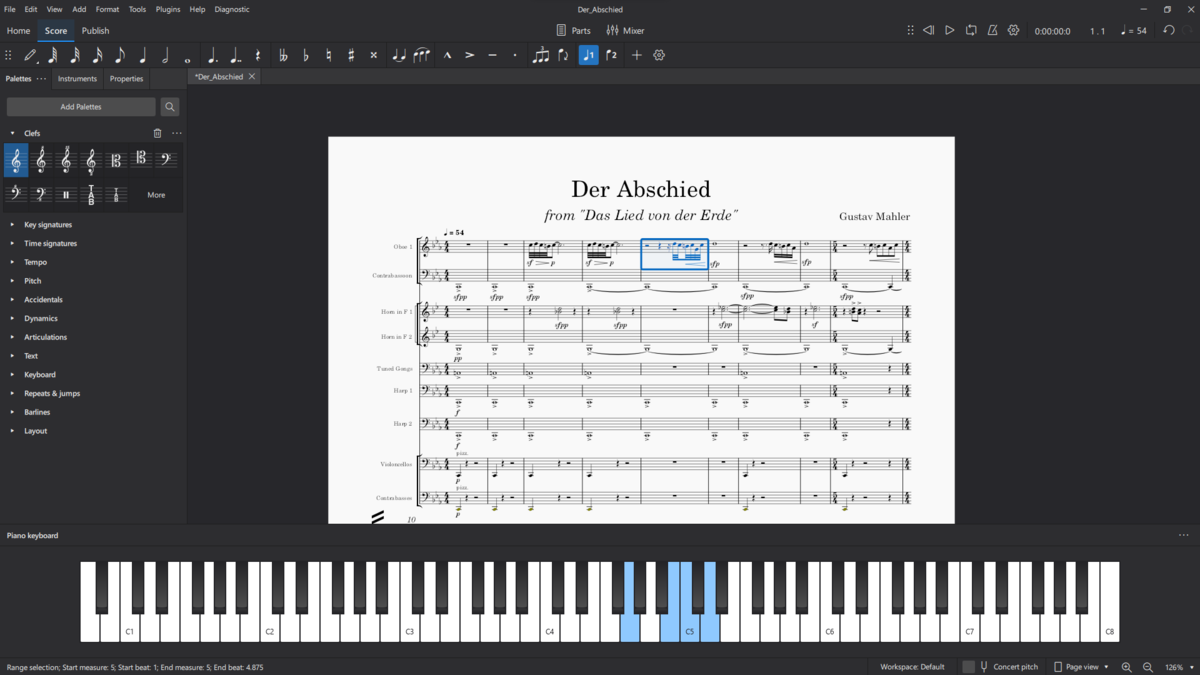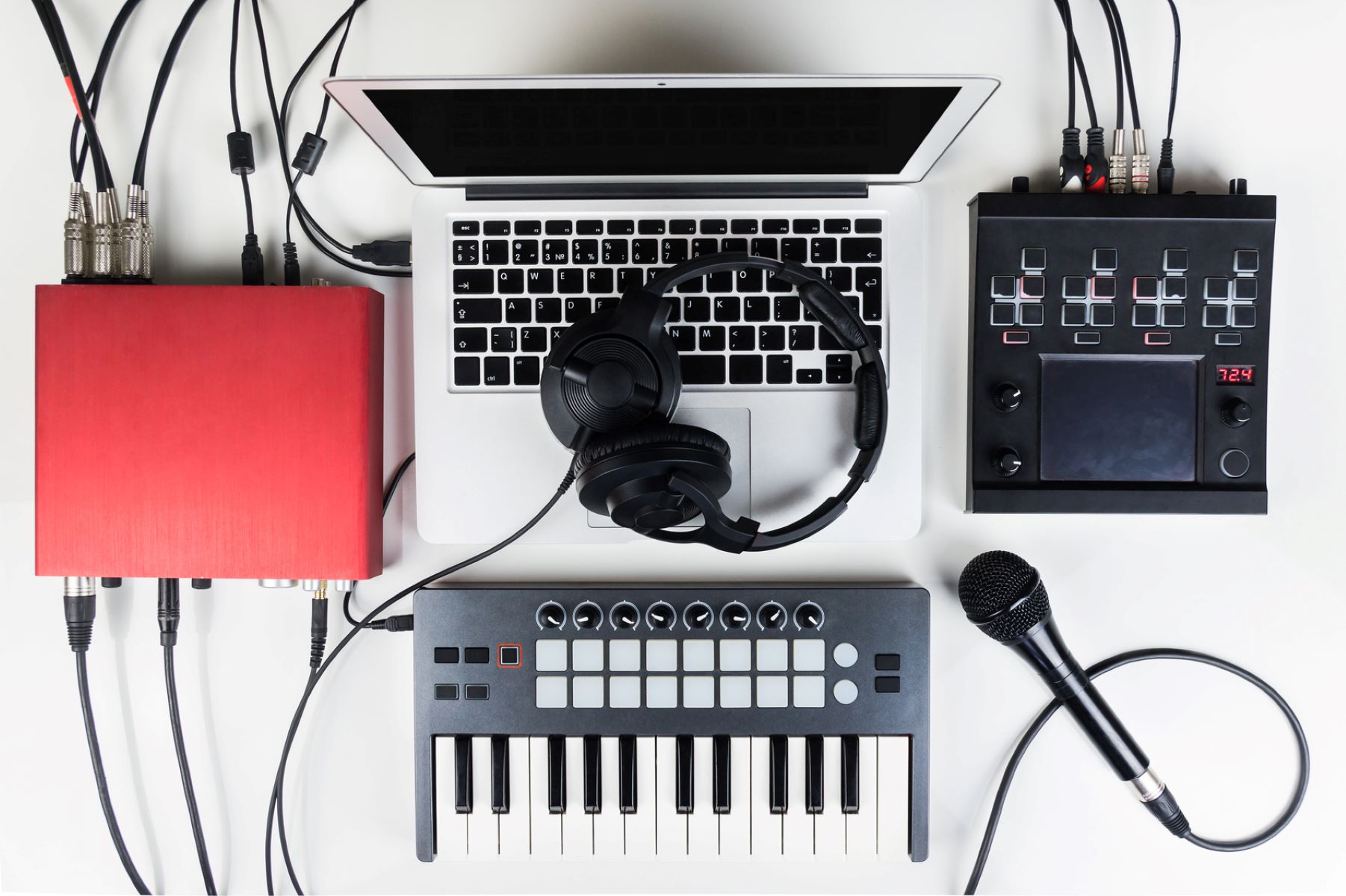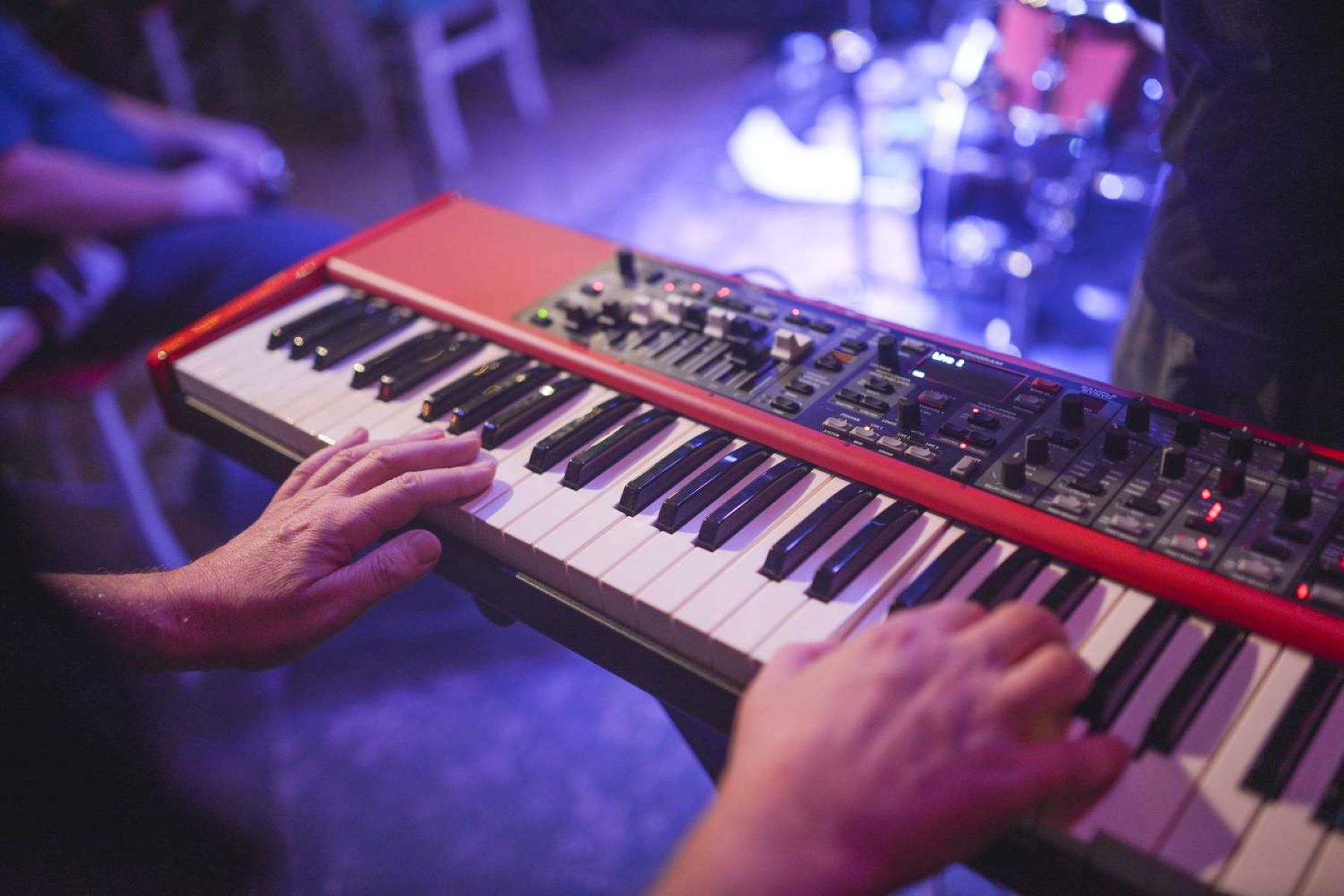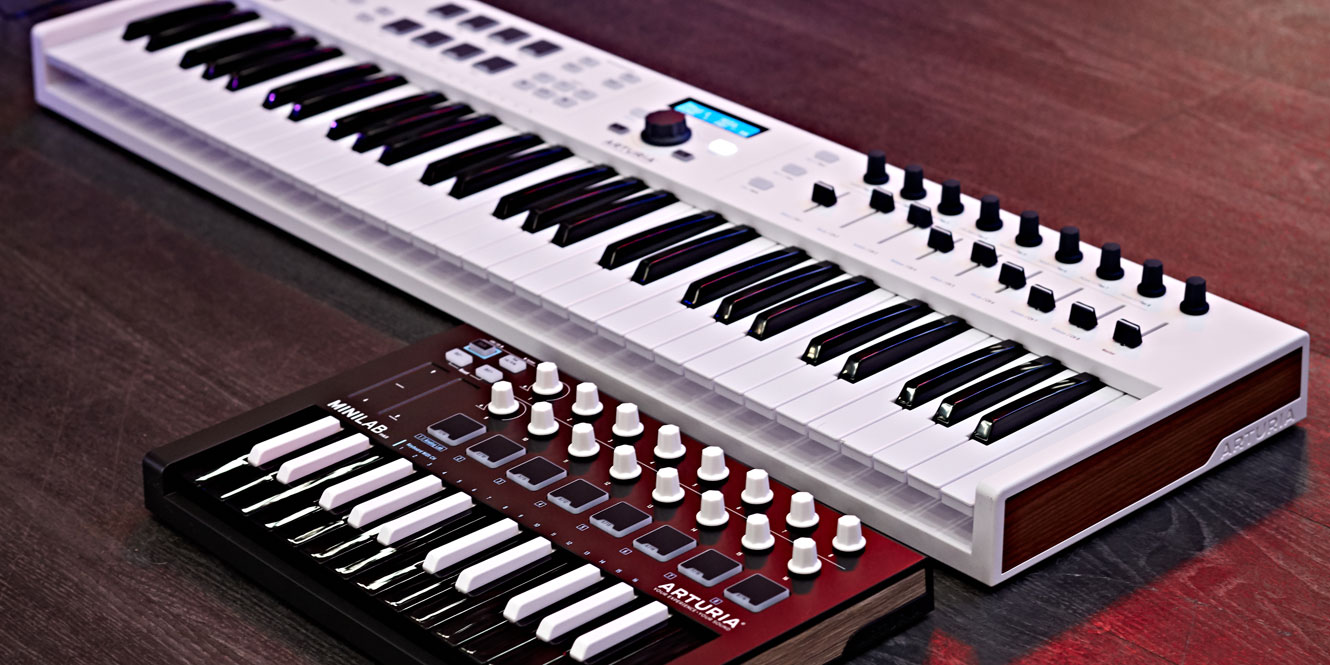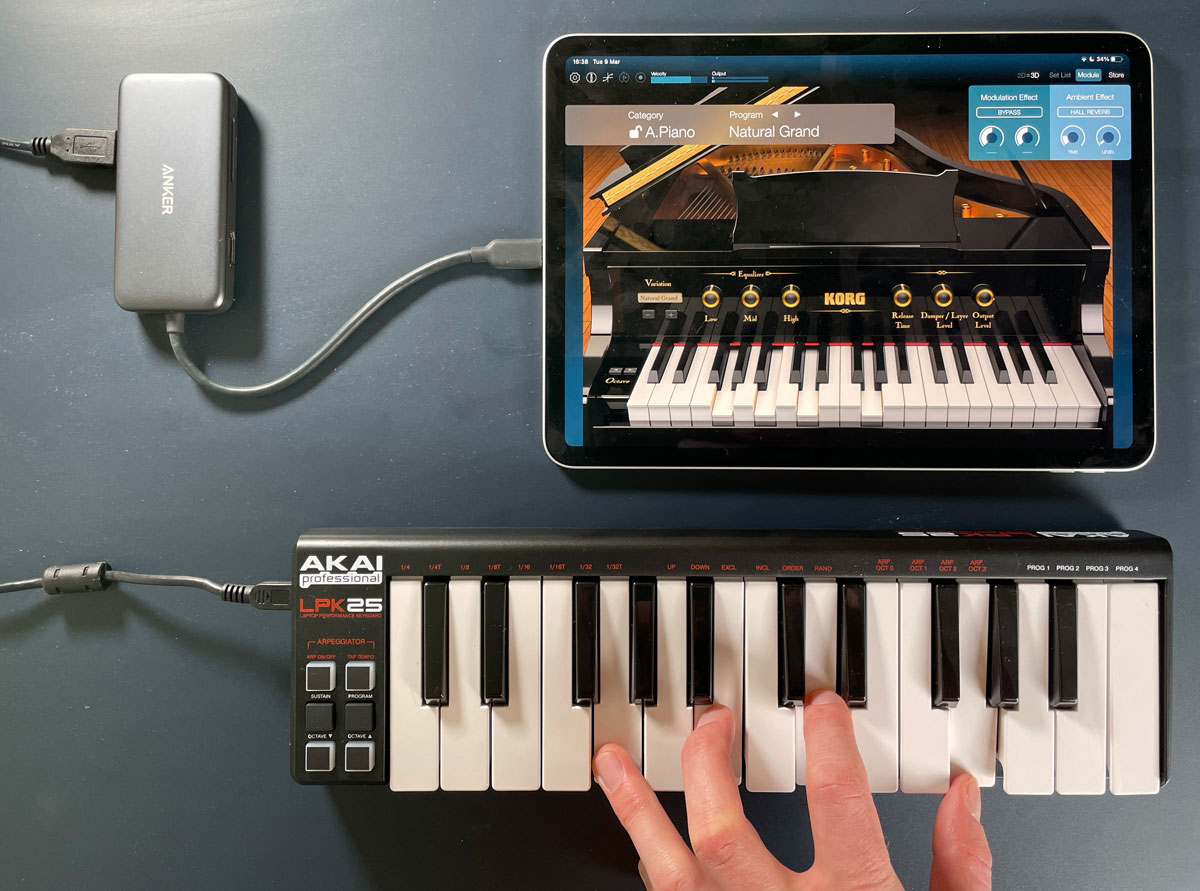Introduction
Are you eager to bring the rich, expressive sounds of a piano into your digital music productions? Perhaps you've recently acquired a MIDI keyboard and are keen to integrate it with virtual piano software. This guide will walk you through the process, from understanding the basics of MIDI keyboards to setting up and troubleshooting the connection with your computer. By the end, you'll be well-equipped to unleash the full potential of your MIDI keyboard in conjunction with virtual piano software.
The fusion of traditional musical instruments with modern technology has revolutionized music creation, enabling artists to explore a vast array of sounds and styles. MIDI keyboards, in particular, have become indispensable tools for musicians and producers, offering a versatile and intuitive means of translating musical ideas into digital form. When paired with virtual piano software, these keyboards can replicate the nuanced tones and dynamics of acoustic pianos, opening up endless possibilities for composition and performance.
Embarking on this journey requires a fundamental understanding of MIDI keyboards and their functionalities. Moreover, it entails the seamless integration of your MIDI keyboard with your computer and the configuration of virtual piano software to ensure a harmonious and responsive connection. Throughout this guide, we will delve into each of these aspects, providing clear and actionable steps to facilitate a smooth and rewarding experience.
Whether you're a seasoned musician venturing into the realm of digital music production or an aspiring artist seeking to expand your sonic palette, the information presented here will serve as a valuable resource. By demystifying the process of getting your MIDI keyboard to work with virtual piano software, we aim to empower you to unleash your creativity and musical vision with confidence and ease. So, without further ado, let's embark on this exciting journey of musical exploration and innovation.
Understanding MIDI Keyboards
Before delving into the intricacies of setting up your MIDI keyboard with virtual piano software, it’s essential to grasp the fundamental concepts underlying MIDI keyboards and their functionality. MIDI, which stands for Musical Instrument Digital Interface, is a universal protocol that enables electronic musical instruments, computers, and other devices to communicate with each other. MIDI keyboards, also known as MIDI controllers, are equipped with keys, knobs, and other controls that generate MIDI data when interacted with.
One of the key advantages of MIDI keyboards is their ability to transmit a wide range of musical information, including note velocity, pitch, modulation, and more. This level of expressiveness allows for dynamic and nuanced performances, akin to playing traditional acoustic instruments. When a key is pressed on a MIDI keyboard, it sends a signal containing data about the specific note, its velocity (how hard the key was struck), and other parameters, to a connected device such as a computer or sound module.
Furthermore, MIDI keyboards often feature additional controls such as knobs, sliders, and pads, which can be assigned to various parameters within virtual piano software. This versatility empowers musicians to manipulate sound in real-time, adding a layer of creativity and spontaneity to their performances and productions.
It’s important to note that MIDI itself does not transmit audio signals; rather, it conveys instructions and data related to musical performance. When a MIDI keyboard is connected to a computer running virtual piano software, the software interprets the MIDI data and generates audio output based on the received instructions. This seamless integration between the physical input from the MIDI keyboard and the virtual sound generation within the software is what enables the creation of lifelike piano sounds and the exploration of diverse sonic possibilities.
By understanding the capabilities and intricacies of MIDI keyboards, you’ll be better equipped to harness their potential when interfacing with virtual piano software. The next step is to delve into the process of setting up your MIDI keyboard and establishing a seamless connection with your computer, laying the foundation for a transformative musical experience.
Setting Up Your MIDI Keyboard
As you embark on the journey of integrating your MIDI keyboard with virtual piano software, the initial step involves setting up the physical and digital components for seamless communication. First and foremost, ensure that your MIDI keyboard is positioned within convenient reach of your computer, allowing for easy access to both the keyboard and the computer’s USB or MIDI ports.
Before connecting the MIDI keyboard to your computer, it’s advisable to install any necessary drivers or software provided by the keyboard’s manufacturer. These drivers facilitate the communication between the MIDI keyboard and your computer, ensuring that they recognize each other and enabling the transfer of MIDI data. Once the drivers are installed, connect the MIDI keyboard to your computer using a USB cable, if your keyboard supports USB connectivity, or a MIDI cable if it uses traditional MIDI connections.
Upon establishing the physical connection, your computer should recognize the MIDI keyboard as a connected device. It’s prudent to verify this by checking the device manager or system preferences on your computer to ensure that the MIDI keyboard is detected and functioning properly. In some cases, you may need to configure the MIDI settings within your computer’s operating system to enable seamless communication between the keyboard and your music production software.
Additionally, familiarize yourself with the various controls and features of your MIDI keyboard, as these will play a crucial role in shaping your interaction with the virtual piano software. Many MIDI keyboards offer customizable parameters such as velocity curves, MIDI channels, and control assignments, allowing you to tailor the keyboard’s behavior to suit your playing style and preferences.
Equipped with a physical and digital setup that facilitates the interaction between your MIDI keyboard and computer, you’re poised to delve into the next phase: configuring your virtual piano software to receive and interpret MIDI data from your keyboard. This pivotal step will pave the way for a seamless and expressive connection between your physical performances and the virtual realm of piano sounds, enabling you to unlock a world of musical creativity and inspiration.
Connecting Your MIDI Keyboard to Your Computer
Once you have positioned your MIDI keyboard within reach of your computer and installed any necessary drivers or software, the next step is to establish a physical connection between the two devices. Depending on the specific model of your MIDI keyboard and your computer’s available ports, you can choose between USB and traditional MIDI connections.
If your MIDI keyboard features USB connectivity, simply connect it to your computer using a USB cable. This method is often the most straightforward and convenient, as it allows for both data transmission and power supply through a single cable. When connecting via USB, your computer should automatically recognize the MIDI keyboard as a connected device, and you may proceed to configure the MIDI settings within your music production software.
Alternatively, if your MIDI keyboard utilizes traditional MIDI connections, you will need to use MIDI cables to establish the connection. MIDI cables feature round, five-pin connectors and are typically color-coded, with one end connecting to the MIDI OUT port on the keyboard and the other end connecting to a MIDI IN port on an audio interface or MIDI interface connected to your computer. This method is commonly employed in professional studio setups and offers reliable MIDI data transmission.
Upon establishing the physical connection between your MIDI keyboard and computer, it’s advisable to verify the connection’s functionality. Check your computer’s device manager or system preferences to ensure that the MIDI keyboard is recognized as a connected device. If necessary, consult the user manual for your MIDI keyboard and computer to troubleshoot any connectivity issues and ensure that the devices are communicating effectively.
Furthermore, it’s beneficial to familiarize yourself with the MIDI settings and configuration options within your computer’s operating system. This may involve adjusting MIDI input and output settings, ensuring that the MIDI keyboard is designated as the primary input device for music production applications, and verifying that MIDI data is being transmitted and received accurately.
By establishing a robust and reliable connection between your MIDI keyboard and computer, you lay the groundwork for seamless interaction and communication between the physical input from your keyboard and the virtual piano sounds generated by your music production software. With the physical and digital components harmoniously linked, you are poised to embark on a transformative musical journey, leveraging the expressive capabilities of your MIDI keyboard to create captivating piano performances and compositions.
Configuring Your Virtual Piano Software
With your MIDI keyboard successfully connected to your computer, the next crucial step is to configure your virtual piano software to recognize and respond to the MIDI data transmitted by the keyboard. This pivotal process enables the software to interpret your physical input and generate lifelike piano sounds, providing a responsive and expressive platform for musical exploration.
Upon launching your virtual piano software, navigate to the settings or preferences menu to access the MIDI configuration options. Within these settings, you’ll typically find a section dedicated to MIDI input devices, where you can select your MIDI keyboard from a list of available devices. Once your MIDI keyboard is designated as the input device, the software will begin receiving MIDI data from the keyboard, allowing it to translate your key presses and control movements into musical output.
It’s important to verify that the MIDI channels and mappings within the virtual piano software align with the settings on your MIDI keyboard. Many MIDI keyboards offer the flexibility to assign different MIDI channels to various controls, allowing for nuanced manipulation of sound parameters within the software. By ensuring that the MIDI channels and control assignments are congruent between the keyboard and software, you can harness the full expressive potential of your MIDI keyboard during performances and recordings.
Furthermore, explore the additional features and customization options offered by your virtual piano software. This may include the ability to adjust velocity sensitivity, assign MIDI controllers to specific parameters such as pedal behavior and tone modulation, and fine-tune the overall response of the virtual piano to match your playing style. Familiarizing yourself with these features empowers you to tailor the virtual piano software to your preferences, creating an immersive and personalized playing experience.
As you configure the virtual piano software to interface seamlessly with your MIDI keyboard, take the opportunity to explore the diverse sound libraries and presets available within the software. Many virtual piano applications offer a wide range of meticulously sampled piano tones, encompassing everything from classic grand pianos to experimental and atmospheric variations. Delve into these sonic possibilities, experimenting with different piano sounds and textures to discover the sonic palette that resonates with your artistic vision.
By meticulously configuring your virtual piano software to harmonize with your MIDI keyboard, you pave the way for a deeply immersive and expressive musical experience. The seamless integration of physical performance and digital sound generation empowers you to explore new dimensions of musical creativity, enabling captivating piano performances and compositions that resonate with emotive depth and sonic richness.
Testing and Troubleshooting
Upon completing the setup and configuration of your MIDI keyboard with virtual piano software, it’s essential to conduct thorough testing to ensure that the connection is robust and the system is functioning as intended. Testing the setup involves verifying the responsiveness of the virtual piano software to your MIDI keyboard input, identifying any latency issues, and confirming the accurate reproduction of piano sounds.
Begin by playing various musical passages on your MIDI keyboard and observing the corresponding response within the virtual piano software. Pay close attention to the dynamics, articulation, and nuances of your performances, ensuring that the software accurately captures the subtleties of your playing. Test the responsiveness of sustain pedals, modulation controls, and other MIDI-assigned parameters to ascertain their seamless integration with the virtual piano software.
During the testing phase, it’s crucial to monitor for any latency or delay between pressing a key on the MIDI keyboard and hearing the corresponding sound from the virtual piano software. Latency can detract from the immersive playing experience and hinder expressive performances, so it’s imperative to address any latency issues through adjustments in the software settings or system optimization.
If you encounter unexpected behavior or technical challenges during testing, it’s important to engage in systematic troubleshooting to identify and resolve the underlying issues. Begin by checking the physical connections between your MIDI keyboard and computer, ensuring that all cables are securely connected and that the MIDI keyboard is recognized as a functional input device within your computer’s system settings.
Next, verify that the MIDI settings within both the virtual piano software and your computer’s operating system are configured correctly. This includes confirming the MIDI input and output settings, checking for conflicting MIDI assignments, and ensuring that the software is receiving MIDI data from your keyboard without interruption.
If troubleshooting efforts do not yield a resolution, consult the user manuals for your MIDI keyboard and virtual piano software, as they often contain valuable insights and troubleshooting guides for common technical issues. Additionally, explore online forums and communities dedicated to music production and MIDI technology, as fellow musicians and enthusiasts may offer insights and solutions based on their own experiences.
By rigorously testing and troubleshooting your MIDI keyboard setup with virtual piano software, you can fine-tune the system to deliver a seamless and immersive musical experience. Addressing any technical challenges and optimizing the setup enhances the responsiveness and expressive potential of your MIDI keyboard, empowering you to unleash your musical creativity with confidence and fluidity.
Conclusion
Embarking on the journey of integrating a MIDI keyboard with virtual piano software opens a realm of boundless creative possibilities, merging the tactile expressiveness of a physical instrument with the expansive sonic palette of digital sound generation. Throughout this guide, we’ve explored the foundational aspects of MIDI keyboards, the essential steps for setting up and connecting your MIDI keyboard to your computer, and the intricacies of configuring virtual piano software to harmonize with your keyboard.
By understanding the core principles of MIDI technology and the capabilities of MIDI keyboards, you’ve gained insight into the expressive potential and versatility of these instruments. The process of setting up your MIDI keyboard involved physical and digital configurations, ensuring a seamless and responsive connection between the keyboard and your computer. This foundational step laid the groundwork for the subsequent configuration of virtual piano software, enabling the software to interpret and translate your physical performances into captivating piano sounds.
Configuring the virtual piano software involved aligning MIDI input settings, exploring customization options, and delving into the rich library of piano tones and textures offered by the software. This phase empowered you to tailor the software to your preferences, creating an immersive and personalized playing experience that resonates with your artistic vision.
Thorough testing and troubleshooting were essential components of the process, allowing you to verify the robustness of the MIDI keyboard setup, address any technical challenges, and optimize the system for seamless performance and responsiveness. By engaging in systematic testing and troubleshooting, you honed the integration between your MIDI keyboard and virtual piano software, ensuring that the system operates harmoniously to support your musical expression.
As you embark on your musical endeavors with a MIDI keyboard and virtual piano software, remember that this integration represents a gateway to endless creativity and sonic exploration. Whether you’re crafting emotive piano compositions, experimenting with diverse musical styles, or enhancing your studio productions with expressive piano performances, the fusion of a MIDI keyboard with virtual piano software empowers you to realize your musical vision with depth and authenticity.
Armed with the knowledge and skills acquired through this guide, you are poised to embark on a transformative musical journey, leveraging the expressive capabilities of your MIDI keyboard to create captivating piano performances and compositions that resonate with emotive depth and sonic richness. Embrace the synergy between traditional musical instruments and cutting-edge technology, and let your creativity soar as you breathe life into your musical aspirations through the seamless integration of a MIDI keyboard with virtual piano software.







